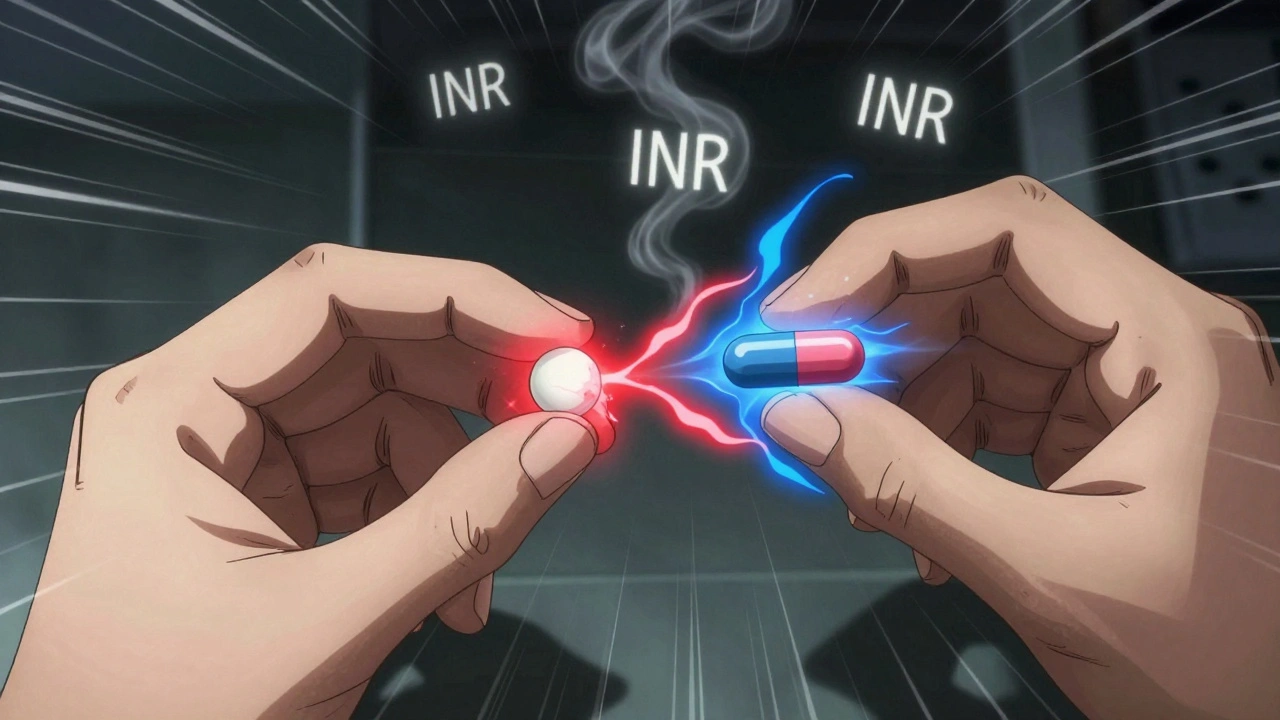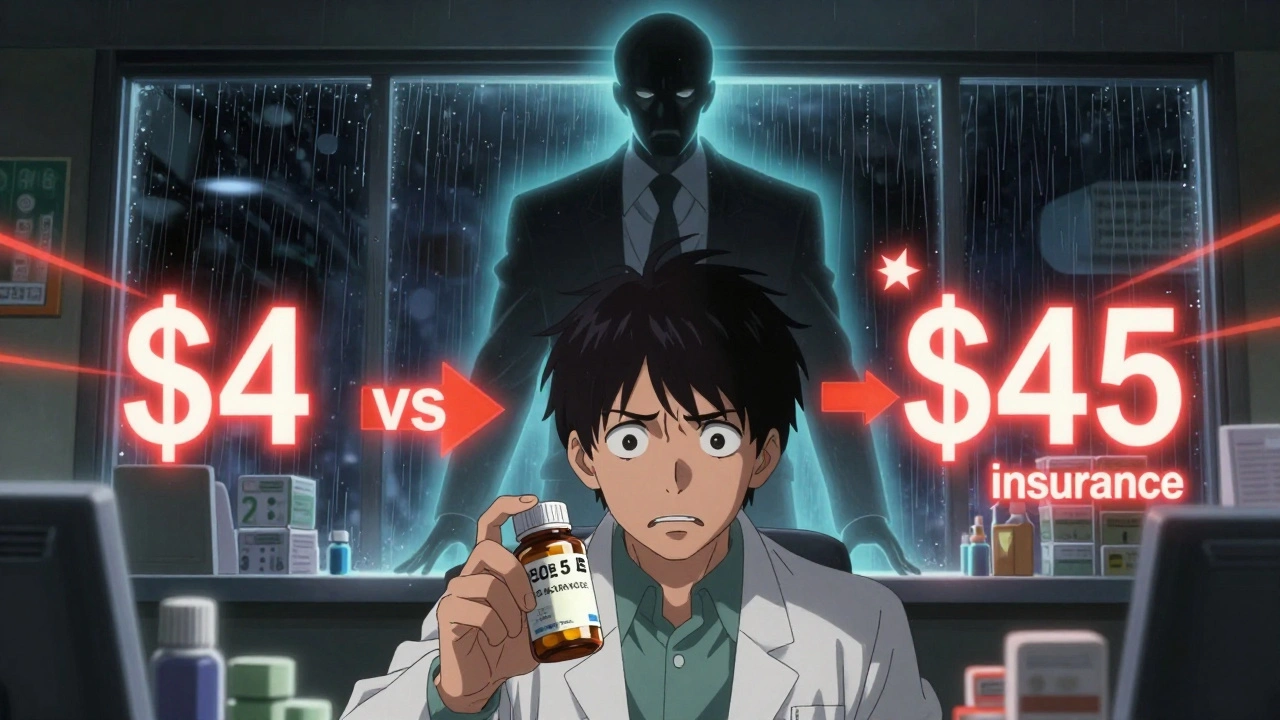Medication delivery: how to order, track and receive medicines safely
More people get prescription and OTC meds delivered to their door than ever. That convenience is great — but it also comes with risks if you order from the wrong place or mishandle a package. Below are clear, practical steps you can use every time you buy medicine online or arrange delivery through a pharmacy.
Ordering and shipping — what to check first
Always use a licensed pharmacy. Look for obvious verification like a physical address, pharmacist contact details, and licence numbers. If a site asks for payment via wire transfer, refuses prescriptions, or has suspiciously low prices, walk away. Ask yourself: can I call a pharmacist and get a straight answer?
Choose shipping speed based on the medicine. Routine meds can go by standard mail. Temperature-sensitive items (insulin, some biologics, certain vaccines) need express shipping and insulated packaging. When in doubt, ask the pharmacy how they keep the product cold and which courier they use.
Confirm customs and local rules for international orders. Some countries restrict specific drugs or need special permits. A reputable pharmacy will state shipping countries and customs policies clearly. If the site dodges the question, that’s a red flag.
Get tracking and notification. Always pick an option that gives you a tracking number and delivery alerts. That reduces the chance of losing a package or having medicine left sitting on a porch in hot weather.
When your package arrives — quick checks and handling
Inspect the package before opening. Look for damage, broken seals, or tampering. If the outer packaging shows signs of forced entry, don’t accept it and contact the pharmacy immediately.
Open and check the contents right away. Verify the medicine name, strength, quantity, expiry date, and look for any unexpected changes in color, smell, or texture. If anything looks off, save all packaging and photos, then report the issue to the seller and your pharmacist.
For cold-chain meds: move them to proper storage immediately. If the pharmacy used cold packs or an insulated box, check the temperature indicator if provided. If the product feels too warm, contact the pharmacy before using it—many will replace compromised items.
Keep records. Save order confirmations, tracking details, and photos of the package. These help if you need a refund or must report a problem to your payment provider or regulatory body.
Plan delivery timing. If you can, have packages shipped to a workplace or a secure pickup point to avoid weather or theft exposure. For recurring prescriptions, set a delivery schedule so you’re not left without doses.
Final tip: build a trusted supplier list. After one or two positive experiences with a licensed pharmacy, stick with them. It’s easier, safer, and often cheaper in the long run than constantly trying new vendors.
Online Pharmacy euroids.to: A Complete Guide to Safe, Convenient Medication
Discover everything about the online pharmacy euroids.to. From user experience to safety tips, payment options, and legal matters—here’s the guide you need.
Top 7 Northwestpharmacy.com Alternatives in 2024 for Affordable Medications
Exploring alternative options to Northwestpharmacy.com brings a variety of online pharmacies offering unique benefits. From PocketPills' discreet packaging and telemedicine services to the extensive product range of Medications Canada, there are options to fit diverse needs. This article presents detailed insights into each alternative, including their pros and cons, helping you make an informed decision regarding your healthcare needs.







